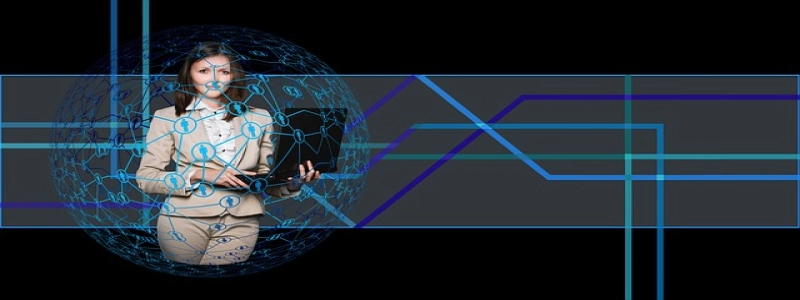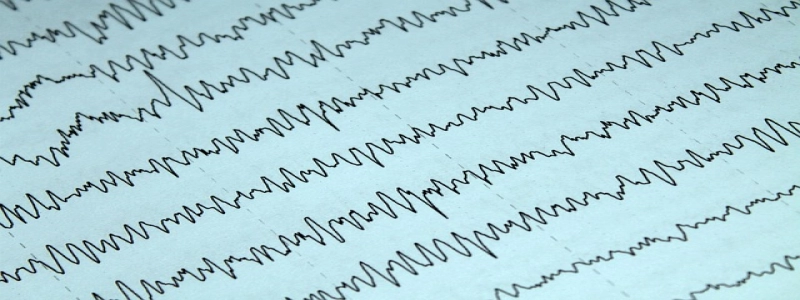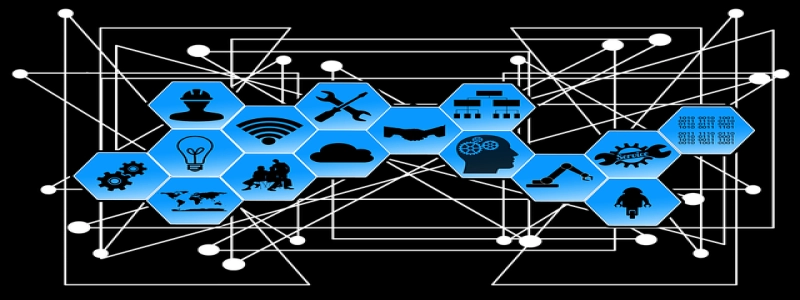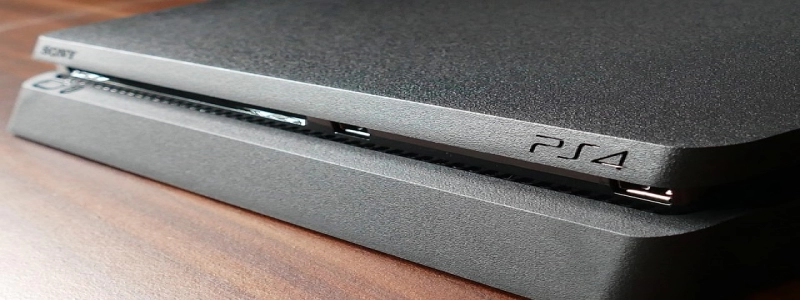What Does A Transceiver Do?
Introduction:
A transceiver is a device that plays a crucial role in modern communication systems. It combines the functions of both a transmitter and a receiver, facilitating the transmission and reception of data or signals. This article will delve into the various aspects of a transceiver, providing a detailed explanation of its functions and importance.
I. Definition and Components:
A transceiver, short for transmitter-receiver, is a device that is able to transmit and receive signals, usually in the form of electromagnetic waves or electrical currents. It is composed of several key components, including a modulator, a demodulator, an antenna, and various circuitry.
II. Transmitter Function:
The transmitter function of a transceiver is responsible for converting electrical signals into a format suitable for transmission. It modulates the signals onto a carrier wave, allowing them to be transmitted over the desired medium. The modulator adjusts the amplitude, frequency, or phase of the carrier wave according to the input signal, ensuring efficient transmission.
III. Receiver Function:
On the other hand, the receiver function of a transceiver is responsible for capturing and decoding the transmitted signals. The demodulator extracts the original signal from the received carrier wave, reverse of the modulation process, allowing the data or signal to be recovered and utilized.
IV. Applications:
Transceivers are used in a wide range of communication systems, both wired and wireless. In wired systems, such as Ethernet networks, transceivers facilitate the transmission of data over long distances using fiber optic cables or copper wires. In wireless systems, transceivers enable devices to communicate with each other, such as in cellular networks, Wi-Fi networks, and Bluetooth connections.
V. Importance in Telecommunications:
The use of transceivers is essential in modern telecommunications, enabling efficient and reliable communication between devices and networks. They play a vital role in the transmission and reception of voice calls, internet data, and other forms of communication. Without transceivers, the seamless communication we enjoy today would not be possible.
VI. Advancements and Future Outlook:
Over the years, transceiver technology has evolved significantly, becoming smaller, faster, and more reliable. Advancements such as software-defined radios and multi-band transceivers have further improved the efficiency and flexibility of these devices. Moving forward, transceiver technology is expected to continue advancing, allowing for even faster and more efficient communication systems.
Conclusion:
In conclusion, a transceiver is an important component of modern communication systems. By providing the functionality of both a transmitter and a receiver, it enables the transmission and reception of data or signals. Through its various components, the transceiver ensures efficient and reliable communication in both wired and wireless systems. As technology continues to progress, transceivers will play an increasingly vital role in the development of future communication networks.








